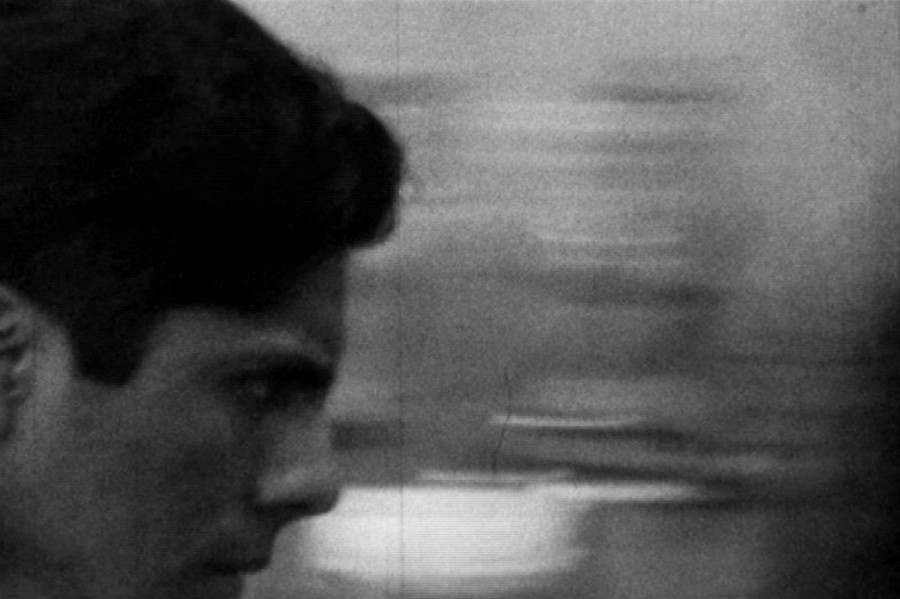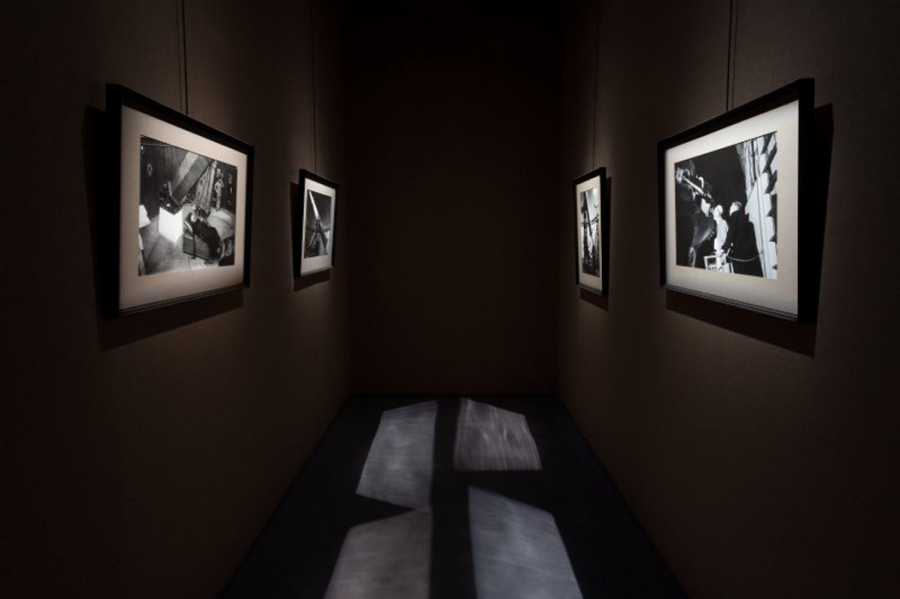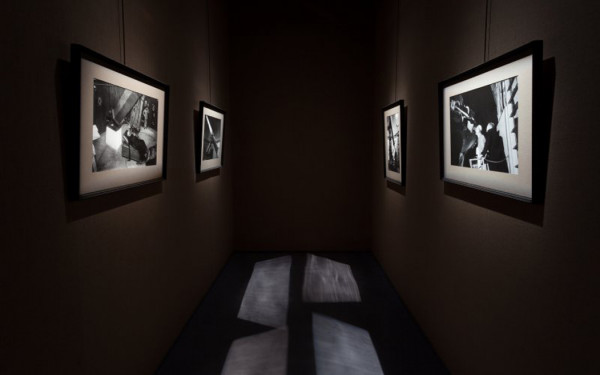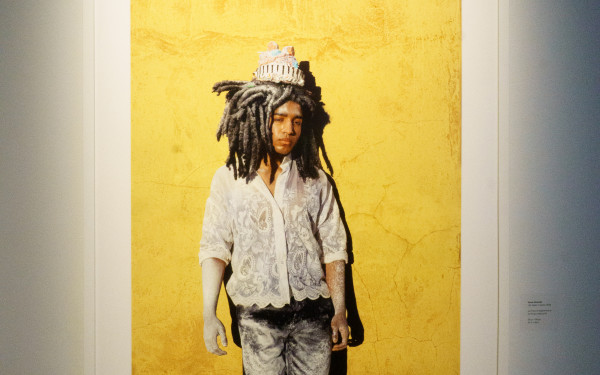Internal Winter Dialogues at the MAC
New Exhibitions Open at the Musée d’Art Contemporain de Montréal
This winter, in addition to contemporary art, the Musée d’Art Contemporain will also be filled with ghosts and other whimsical but slightly-worrying spirits.
The three shows that opened last week at the MAC feature photography, video and a multi-sensorial installation; the artists in the shows explore various themes, from the relationship between power and knowledge to the memory of a collective history.
The exhibitions seem to all be connected by an intangible sensibility, however. They will leave you with the impression of walking through places deserted by human—but full of spirituality and untold stories.
Uraniborg, by French artist Laurent Grasso is a compilation of paintings, films, sculptures and photos. But what really matters is how Grasso plays with the space available and its boundaries.
“In my imagination, the exhibition is like a long tracking shot, developing the spectator’s eye and collecting information for him,” said Grasso.
“It’s up to the viewer to edit the movie that is offered to him the way he likes.”
Wandering through the exhibition feels like having one part of your brain loudly streaming nonsense to the other.
Grasso’s work has a dreamlike quality. One of the films included in Uraniborg shows the mysterious gardens of Bomarzo, Italy, where the likes of Dali or Marcel Duchamp once used to take a casual afternoon stroll, surrounded by monsters carved from stone.
“I went there to capture an imaginary magnetic charge,” said Grasso. “I assumed it was a thread linking all the artists and influential people that once walked around this garden.”
Faux indices, by Montreal-based American photographer Lynne Cohen, is a body of photographs showing vacant interiors. It doesn’t seem that exciting at first, but there is something haunting about Cohen’s pictures.
“Some visual elements from the photographs subtly mislead our perception and invite the spectator to question the nature of what he’s looking at,” said MAC curator François LeTourneux.
Trying to place where the artwork presented belongs in a larger sense is difficult. There doesn’t appear to be a lot linking each piece.
“Cohen’s relationship to her work resembles the one of scientists who devote their entire career to a restrictive ensemble of given issues,” said LeTourneux, referencing the consistency of her career’s work.
The third artist, Jonathas de Andrade, is Brazilian. His featured artwork, 4000 Disparos (or 4,000 shots), is a stream of the faces of 4,000 strangers he filmed in streets of Buenos Aires.
The work connects with Argentina’s political history. The visages reminds us of the “desaparecidos,” the 30,000 Argentinians that were abducted, tortured and killed by the military dictatorship in the 1980s.
In this film, de Andrade tries to reconnect with his Latin-American roots by immersing himself in a history that tends to be overlooked by the younger generations.
Jonathas de Andrade, Laurent Grasso and Lynne Cohen / Until April 28 / Musée d’art contemporain de Montréal (185 Ste. Catherine St. W.) / Free Wednesdays after 6:00 p.m. / For more info check out the MAC website.



_600_832_s.png)




